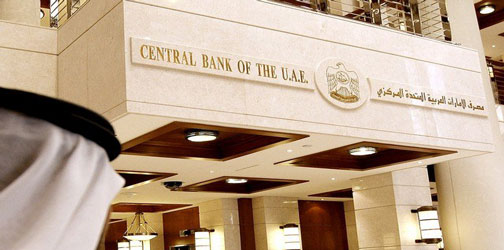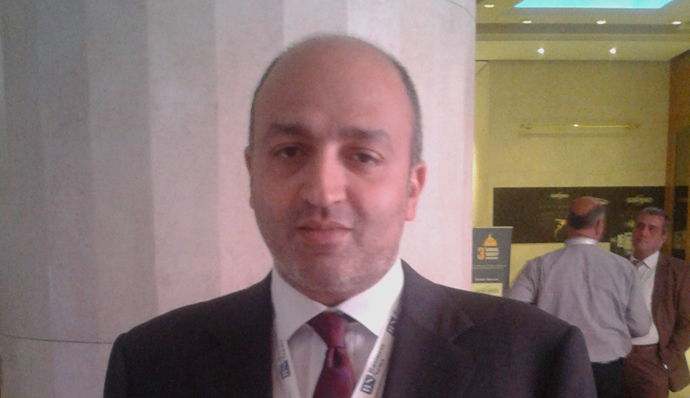With oil prices halving from a high of $115 per barrel last year to a low of $45 per barrel in January, Gulf Cooperation Council countries have been forced to tighten their belts and look for alternative sources of revenue. One such revenue bolstering measure that the Gulf countries specifically the United Arab Emirates are mulling over is the implementation of Value Added Tax (VAT). Although the region has been toying with the idea of VAT since 2007, little concrete progress had been made. That was until a meeting of all undersecretaries of the ministries of economy earlier this year. The GCC indicated a willingness to move ahead with VAT after the committee ordered a general framework to be formulated. Following this, the UAE took the first step. Ministry of Finance undersecretary Younis Haji Al Khouri said the country will complete the drafting of laws to introduce VAT and corporate tax by this year. Although officials are still studying the social and economic impact of the law, the drafting process is likely to be finished by the third quarter of 2015, he said. The announcement has been met with praise from some analysts. An indirect consumption tax regime like VAT is a natural progression of GCC government fiscal policy moving towards more effective and efficient tax systems in a competitive and integrated global economy. Given the current oil prices, the implementation of VAT by GCC governments is likely to be accepted as a positive measure to diversify and strengthen their revenue base and enhance economic stability. In this regard, it should be noted that the International Monetary Fund has long urged GCC countries to introduce VAT. Despite the obvious benefits to the UAE’s coffers in the long-term, there are also risks-particularly to the country’s perception as a low tax destination. The move will “certainly increase” the cost of doing business and compliance for firms in the UAE and GCC. The incremental costs and requirements associated with VAT will need to be carefully budgeted in business models to offset any financial pains. For consumers, this will be an additional cost but if VAT rates are kept low, this could lead to a one- off marginal inflation impact. The implementation of a lower VAT rate will not have a recurring inflation impact unless the VAT rates are increased. Plus it may well be that some businesses may choose to absorb the VAT cost wholly or in part, at least initially, to limit the impact on consumers. There has also been little information about the proposed VAT rates with hints from officials suggesting between 3 to 5 per cent. Experts argue that the initial VAT rate will need to be kept low to limit the financial pain for consumers.
Latest article
Al Molla inspects the Suez Methanol Derivatives Plant in Damietta
Minister of Petroleum and Mineral Resources Tarek Al Molla has inspected the construction work of the Suez Methanol Derivatives Plant in Damietta...
Petroleum Marine Services Company (PMS) Profits increase 28% in 2023
Minister of Petroleum and Mineral Resources, Eng. Tarek El Molla has attended remotely the general assembly of Petroleum Marine Services Company (PMS) which...
Misr Maintenance Company achieves EGP 8.8 bn revenues
The General Assembly of the Misr Maintenance Company was held on Sunday, March 31, where the results of the company’s work for...















